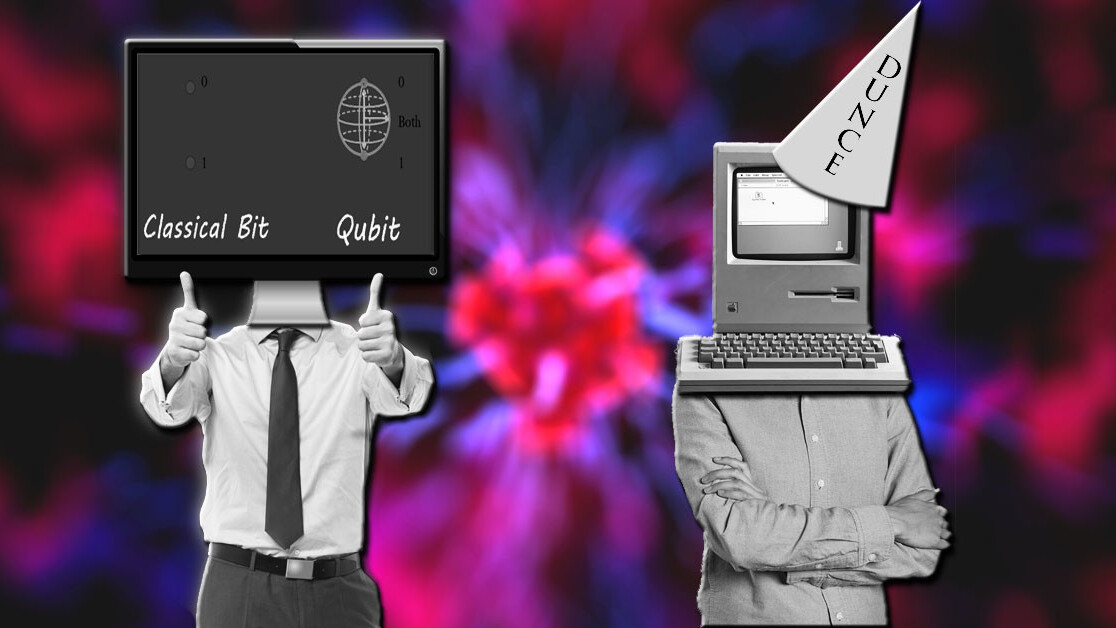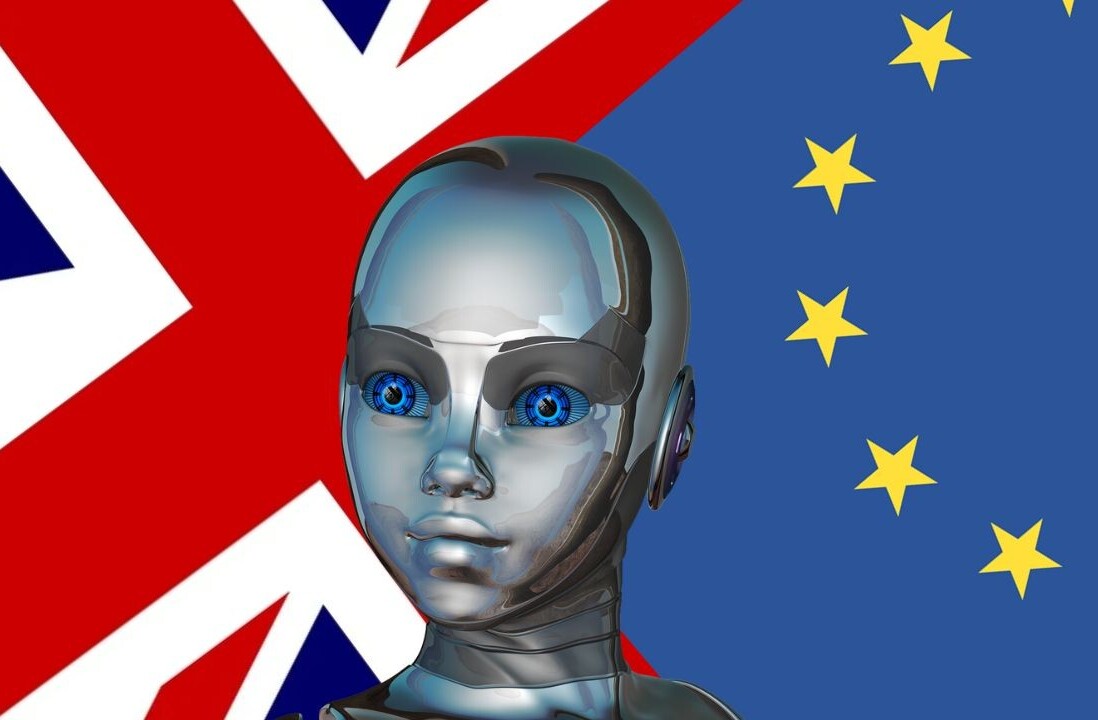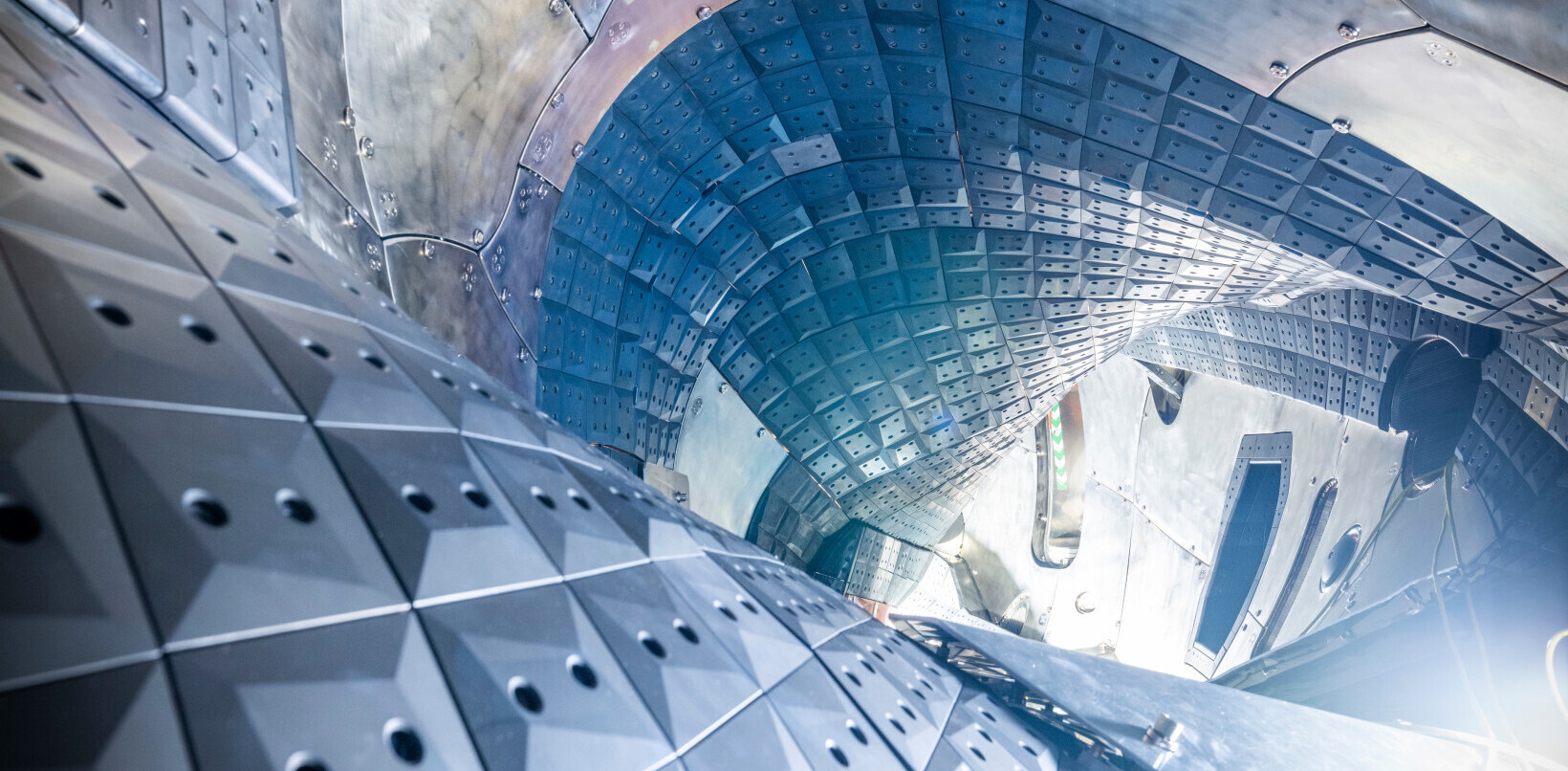
The Reese’s Peanut Butter Cup, as the legend goes, was invented when two oblivious young people walking around eating boring snacks accidentally crashed into each other on a city street. Grab one while you read about an even better mash-up: the one between machine learning and quantum computers that’ll eventually, accidentally lead to human-level AI.
But first, behold the 1980s in all its goofy glory:
Now back to our electric dreams of sentient machines that love, care, and think. The path there probably won’t be unlike the one in the video above. Sure, it’s possible some genius will have a Eureka moment and figure it all out on purpose. But if the collective history of scientific accomplishment is any indicator, we’ll backdoor our way there as the residual findings of some (or several) research team’s efforts at solving problems unrelated to the development of human-level AI.
It’ll (hypothetically) work like this: someone’s going to try and solve some huge open problem — like the traveling salesman problem, for example — by throwing some clever quantum algorithms at a qubit-based neural network, and they’ll end up recreating the circumstances through which the human brain develops sub-conciousness and awareness. Or something like that. Nobody knows the path forward, but it’s becoming clear that’ll it be based on quantum computers and AI.
For example, a team of researchers recently pre-published a paper on ArXiv detailing their efforts to discern what the “marriage” between machine learning and quantum computing will mean for physicists and developers of the near future. Their research indicates that the challenge isn’t in figuring out whether it’s possible to solve today’s problems with quantum computers and AI, but entirely rethinking what the word “possible” even means.
The researchers, Sankar Das Sarma of the University of Maryland in College Park, and Dong-Ling Deng and Lu-Ming Duan of the Institute for Interdisciplinary Information Sciences at Tsinghua University in Beijing, wrote:
It is hard to foresee when the first practical quantum computer will be available and harder still to predict what the quantum future will look like. Yet one thing is certain: The marriage of machine learning and quantum physics is a symbiotic relationship that could transform them both.
The research focuses extensively on quantum algorithms, neural networks based on quantum bits, and using quantum computing techniques to speed up AI and reduce computational overhead. All of these technologies are real today. Yet we’re in a strange discovery-valley where rudimentary quantum systems barely do anything but they’re more powerful than almost any classical system in existence. So far, quantum computers are expensive and mostly useless outside of laboratory experiments. But that’s going to change.
Here’s why, according to the physicists:
Simulating a quantum system with 30 qubits requires tens of gigabytes, about the largest memory for a personal desktop; simulating 50 qubits requires tens of petabytes, more than the memory for the largest supercomputer in the world to date; and simulating 300 qubits requires more bytes than the number of atoms in the observable universe.
Today’s top quantum computers are around 50-100 qubits. A couple of years ago we were celebrating a 5-qubit system. 300 qubits can’t be that far off, but we can’t even simulate them yet! And, due to the rigors of developing complex quantum algorithms, the singularity — the moment a machine becomes truly intelligent –could come and go without us even noticing it at first.
The researchers from the aforementioned paper on the marriage between AI and quantum suggest we use our quantum algorithms and quantum computers to explore new materials capable of superconductivity. Hold on, don’t yawn just yet. On the surface it sounds boring, we know. But it’s not. It’s a research avenue we’ve just about maxed out with classical computers, and that means it’s an opportunity to push quantum algorithms and quantum computers past what is currently possible.
We have a clear, concise goal that will require the development of stronger, faster, more efficient algorithms that take advantage of quantum computing technology at the edge of human accomplishment. As these types of opportunities increase, and their solutions build upon one another, we’ll categorically fill in the variables needed to develop a system on par with the human brain.
Hopefully, anyway. There’s no guarantees in horseshoes, hand-grenades, and the pursuit of robots that can think.
Get the TNW newsletter
Get the most important tech news in your inbox each week.





